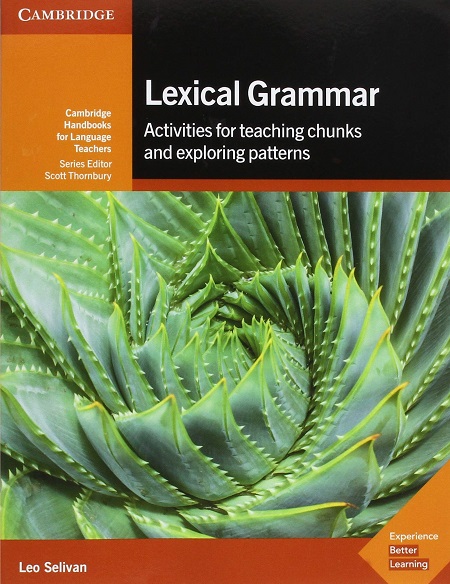Thousands who may have been exposed to the coronavirus have been asked to seclude themselves. It’s harder than it sounds. You have so much free time that you don’t know how to use it. We have an idea. Why not discover what you can do to continue your professional development? In the previous articles, we told you about such ELT gurus as David Crystal, Herbert Puchta, Hugh Dellar and Scott Thornbury. We continue telling you about different famous ELT experts. In this article, we’ll talk about Leo Selivan, a follower of the lexical approach.
Who is Leo Selivan?

Leo Selivan is a famous ELT specialist, teacher, examiner, teacher trainer and materials writer. He’s been working in ELT for about 15 years. He started his career with the British Council in Israel, he taught adults and teenagers. He was also a content writer for the British Council & BBC website TeachingEnglish. He’s a freelance lecturer, he teaches courses and gives training workshops on ELT methodology, Second Language Acquisition, using technology in the classroom and discourse analysis. He mentors teachers and teacher trainers. He writes articles in Modern English Teacher, EFL Magazine, The Guardian Education, Humanising Language Teaching. Leo is also present at various conferences: TESOL, IATEFL, TOBELTA, etc. He’s famous for his book, Lexical Grammar, published by CUP. He also has a blog — Leoxicon. This is Leo’s Facebook* page and Twitter.
Leo Selivan is a follower of the Lexical Approach. In this article, he tells about key figures in the history of this approach and outlines the main principles and ideas. For example,
- don’t teach isolated words, but collocations because words are used in a company of other words;
- avoid translation because separate words have different meanings depending on what word they go together;
- don’t explain everything, but let students explore. Encourage them to be curious and investigate language themselves;
- check if students know certain expressions with familiar words. Leo gives an example “if they are familiar with both play and host, does it mean they will understand the meaning of play host (to)? What about make do (as in “it’ll make do for now”)?”
Here are his most famous works:
- Lexical Grammar. Activities for teaching chunks and exploring patterns.

His well-known book, Lexical Grammar (Activities for Teaching Chunks and Exploring Patterns) is about the relationship between grammar and vocabulary. In his book, Leo explains what lexical chunks are, why we need them, how teachers should use them. It covers some research results in corpus linguistics and second language acquisition. It clarifies why teaching chunks is quite essential for fluency, text cohesion and grammar acquisition. The book also includes activities and ideas on how to apply lexical approach to grammar teaching and how to make vocabulary practice more grammatical. There are both receptive and productive activities and you can use them separately or in addition to the coursebook.
2) You can find many of his talks and articles online.
In this talk, «Do some words matter more or the frequency fallacy?«, Leo talks about highly frequent words, their multiple meanings and the importance of collocation when teaching vocabulary.
In the article “Revising lexis: quality or quantity?” Leo talks about vocabulary acquisition research and repeated encounters with lexical items.
In the article “Grammar vs Lexis or Grammar through Lexis” Leo describes grammar instruction and how to make it more lexical.
In the article “Playing with lexical cards” Leo gives excellent ideas on how to help students expand on their collocational knowledge.
Here he talks about lexical notebooks — how to record new lexis.
3) Leo has created some lesson plans for TeachingEnglish too. Here are some of them:
- Who does what? – YouTube technique — Aim: to review present tenses and vocabulary for daily routines. A1, children, teenagers.
- Writing poems with ‘Spark’ — Aim: to develop the students’ listening and writing skills. A2+, teenagers, adults.
- Megabridges — Aim: to deveop the students’ reading and speaking skills. B1, teenagers, adults.
- Revisiting texts — Aim: make students notice useful lexis in texts.
4) In his blog, he shares his upcoming conferences and workshops, past talks, workshops and webinars; his articles, conference reports; some activities you can use in the classroom. In addition, Leo has a useful page with essential lexical tools, which I find super useful.






 Вероника Аветисян
Вероника Аветисян 
 Маргарита Аветисян
Маргарита Аветисян 


